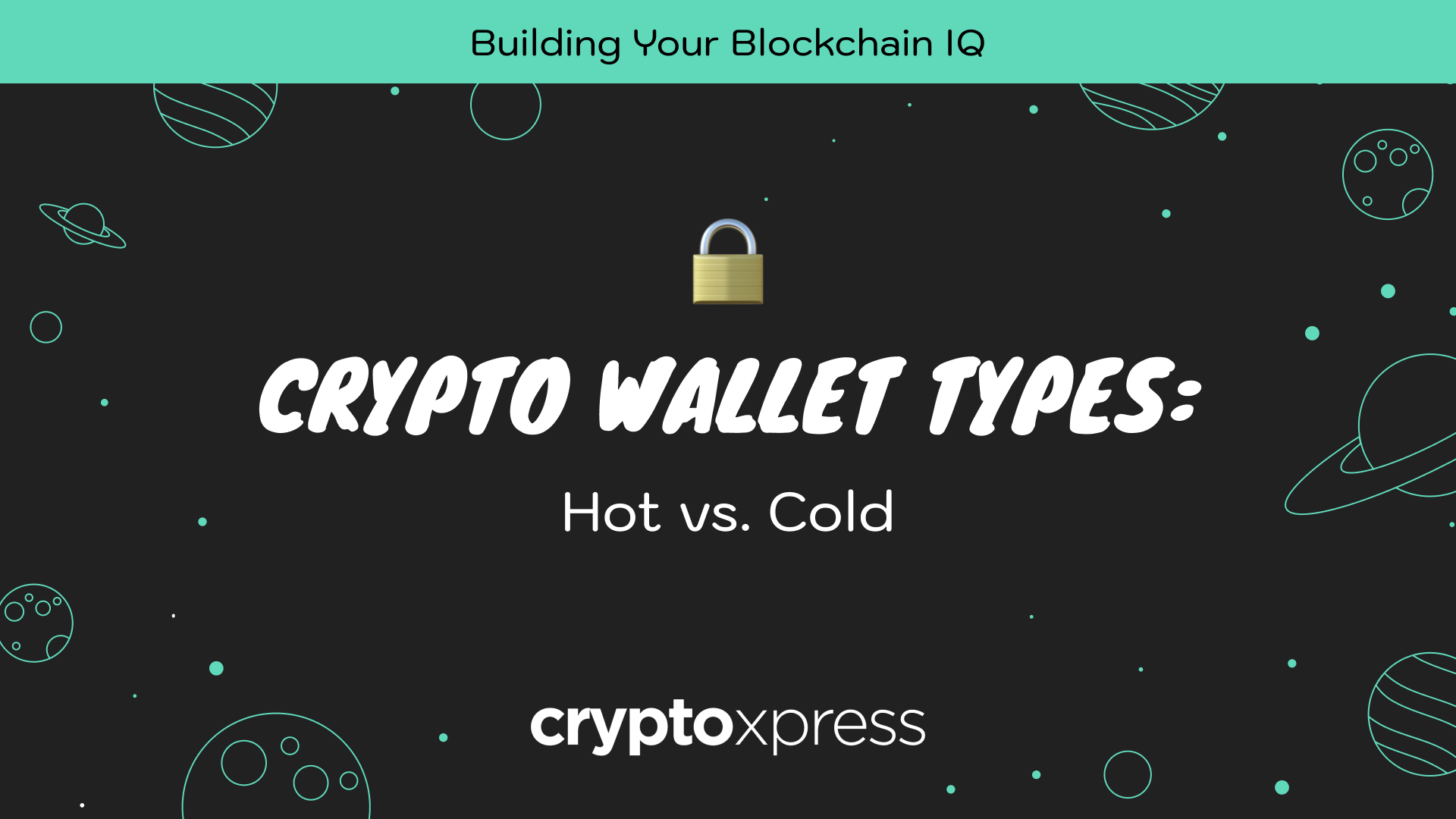|
Getting your Trinity Audio player ready...
|
In the world of decentralized finance (DeFi), liquidity pools play a pivotal role in enabling the efficient functioning of various blockchain-based applications, such as decentralized exchanges (DEXs) and lending platforms. But what exactly is a liquidity pool, and why is it crucial for the DeFi ecosystem? In this blog, we will explore the concept of liquidity pools, their mechanics, and their significance in the fast-evolving world of decentralized finance.
What is a Liquidity Pool?
A liquidity pool is a smart contract or protocol on a blockchain that contains a reserve of assets, typically in the form of cryptocurrency tokens. These pools are designed to facilitate decentralized trading, lending, or borrowing of these assets without the need for traditional intermediaries like banks or centralized exchanges.
The fundamental idea behind liquidity pools is to pair two assets, usually in equal value, and allow users to trade one asset for the other at an automated, market-driven exchange rate. This automated market-making process is maintained by a set of rules encoded within the smart contract governing the liquidity pool.
How Do Liquidity Pools Work?
Liquidity pools operate on the principle of supply and demand. Users provide liquidity to these pools by depositing a pair of assets. For instance, in a decentralized exchange like Uniswap, users might deposit an equal value of Ether (ETH) and a stablecoin like DAI into a liquidity pool. These users, often referred to as liquidity providers, earn fees in return for their participation in the pool.
When traders want to swap one asset for another, they execute transactions directly with the liquidity pool smart contract. The pool’s price is determined algorithmically based on the current ratio of assets within the pool. If the demand for one asset increases, its price will rise, incentivizing arbitrageurs to trade in the opposite direction and restore the balance.
The Role of Automated Market Makers (AMMs)
Automated Market Makers (AMMs) are at the heart of liquidity pool operations. These algorithms calculate the exchange rate between the two assets in real-time and adjust it based on supply and demand. The most popular AMM model used in DeFi is the constant product formula, as employed by Uniswap, which maintains the product of the two asset balances within the pool at a constant value.
Significance of Liquidity Pools in DeFi
Decentralization:
Liquidity pools eliminate the need for centralized intermediaries, enabling users to directly trade assets on blockchain networks. This aligns with the core ethos of decentralization in the world of DeFi.
Liquidity Provision:
Liquidity providers earn a share of the trading fees generated by the pool. This incentivizes users to supply assets to the pools, increasing the overall liquidity of DeFi platforms.
Innovation:
Liquidity pools have fueled the growth of various DeFi applications, including decentralized exchanges, lending platforms, and derivatives markets. These innovations have disrupted traditional finance by offering decentralized alternatives.
Accessibility:
Anyone with cryptocurrency assets can participate as a liquidity provider, democratizing access to financial services and markets.
Challenges and Risks
While liquidity pools have brought many benefits to the DeFi space, they also come with their set of challenges and risks:
Impermanent Loss: Liquidity providers may experience impermanent loss when the value of the assets they provided diverges significantly from their initial deposit ratio. This occurs because they are exposed to market volatility.
Smart Contract Risks: Liquidity pools rely on smart contracts, which are subject to vulnerabilities and exploits. Investors should exercise caution and perform due diligence when participating.
Regulatory Uncertainty: The DeFi space operates in a relatively unregulated environment, which may change as governments and regulatory bodies explore ways to govern these platforms.
Best Practices
Before investing in a pool, liquidity providers should thoroughly research the platform in question and the pool itself.
Best practices for ensuring a pool’s rules of liquidity are fair and predictable and that the liquidity providers’ interests are protected include:
- Seeking out pools that have a high trading volume and a significant amount of liquidity;
- Checking to see whether the liquid asset pool is supported by a strong developer community and has an active user base;
- Checking the platform team’s credentials;
- Reading the team’s whitepapers and website content;
- Finding reviews from other users;
- Making sure the liquidity pool has a transparent governance structure and decision-making processes;
- Looking for evidence that the pool has undergone independent security audits.
Popular Liquidity Pools
Today, many decentralized platforms use liquid asset pools to trade digital assets in an automated and permissionless way. Popular platforms that center their operations on liquidity pools include:
Uniswap: Uniswap is a decentralized exchange that operates on the Ethereum blockchain and allows users to trade any ERC-20 token. Uniswap has several liquidity pools. Some of their most popular pools support ETH/USDT, ETH/DAI, and ETH/USDC exchanges.
Curve: Curve is a decentralized exchange that specializes in stablecoins and provides low-slippage trading for assets with similar values. Curve has several liquidity pools. Some of their most popular pools support BTC/renBTC/wBTC/sBTC and USDT/USDC/DAI.
Balancer: Balancer is a decentralized exchange that allows users to create customized liquidity pools with up to eight tokens. Some of the popular Balancer pools include ETH/USDC/DAI/WBTC, WBTC/renBTC/sBTC, and LINK/ETH.
SushiSwap: SushiSwap is a decentralized exchange that offers liquidity pools with high-yield farming incentives for liquidity providers. Some of the most popular SushiSwap pools include ETH/USDC, ETH/USDT, and ETH/WBTC.
Conclusion
Liquidity pools are a fundamental component of the decentralized finance ecosystem, enabling trustless, peer-to-peer trading and liquidity provision on blockchain networks. While they offer numerous advantages, potential risks and challenges must be understood and managed by participants. As DeFi continues to evolve and mature, liquidity pools will likely remain a crucial building block of this innovative financial landscape.
TL;DR:
Liquidity pools are smart contracts holding cryptocurrency assets, enabling decentralized trading and lending in DeFi. Users supply assets, and automated market makers (AMMs) maintain exchange rates based on supply and demand. Liquidity pools promote decentralization, innovation, and accessibility but come with risks. Popular platforms include Uniswap, Curve, Balancer, and SushiSwap.






